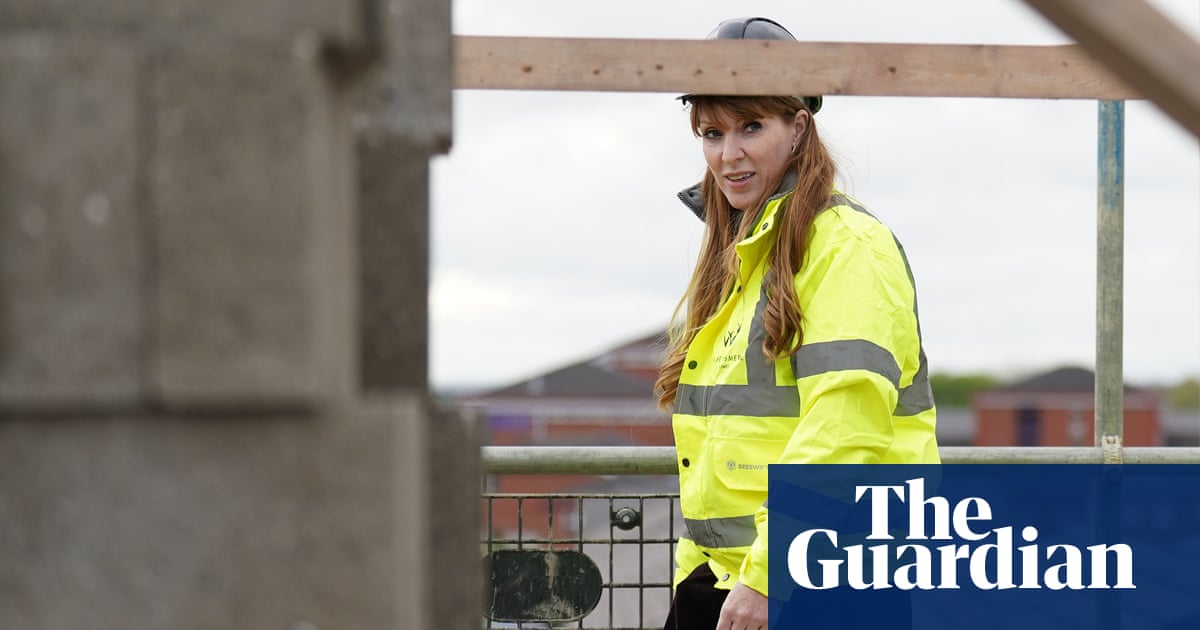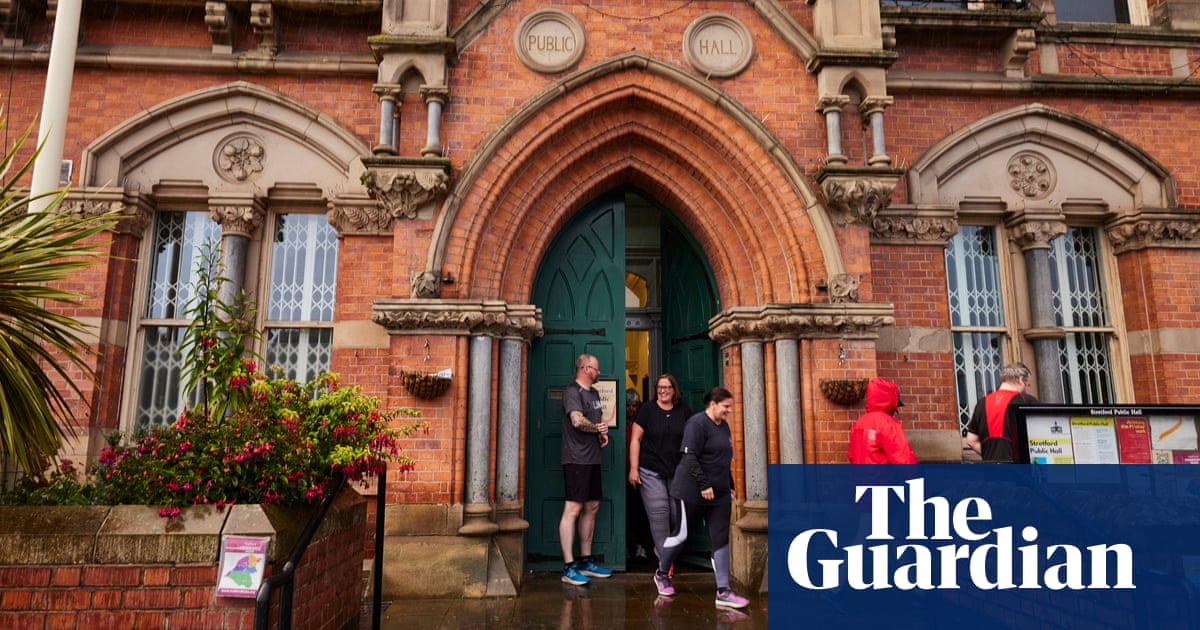
A government policy to create 100,000 new nursery places using spare capacity in English primary schools is “unlikely to work”, according to research.
The research blames a geographical mismatch between capacity and demand, while leaders in the sector have raised concerns about staffing, the provision of sleep areas for the youngest children, toilets that are too big and sinks that are too high for nursery age children.
Headteachers have been invited to apply for up to £150,000 in the first round of funding, which will support up to 300 new or expanded nurseries in state primary schools, building to a final target of 3,000 nurseries.
The success of the policy is critical as the government is under pressure to create sufficient places to fulfil its promise of 30 hours of free childcare a week for eligible parents of children aged from nine months to three years from next September.
Research by Frontier Economics, one of the largest economic consultancies in Europe, has cast doubt on the feasibility of the government’s plans. Among the challenges facing the rollout, FE says, is that projected spare capacity is not all in the right places to match projected demand.
The research also says the number of spaces in individual schools may be too low to make a new nursery setting viable. It says spare capacity will only be sufficient to meet demand if schools can combine spaces across all age groups, which it says is “unrealistic”.
FE says London is the only region where spare reception space will meet and could exceed additional demand for nursery places, as schools in the capital’s rolls fall due to a declining birthrate. Elsewhere, only a small proportion of projected demand will be met by spare capacity – just 13% in the East Midlands, 25% in the east of England and 32% in the West Midlands.
Dr Gillian Paull, who led the research, said: “Our analysis shows that the government’s current plan to use spare capacity in primary schools to deliver new nursery targets is unlikely to work. Even with full utilisation of spare capacity, the poor geographic match with new nursery demand leaves some areas falling well short.”
Cathie Paine, the chief executive of REAch2, England’s largest primary-only multi-academy trust with 62 schools, told the trade magazine TES that repurposing classrooms could be more complicated than it sounded. “Existing buildings may not provide enough space to meet the regulations – for instance, the need for more toilets, sleep areas and hygiene spaces,” she said.
Paull said it may be time to look at additional approaches for expanding nursery provision. “Supporting expansion of existing nurseries in schools, or providing sufficient funding to encourage expansion of the delivery of free places in private and voluntary settings, could be good places to start.”
A Department for Education spokesperson said: “We have a clear mission to give every child the best start in life, and our school-based nurseries programme will create thousands more excellent early education places to help achieve that.
“The first phase of the programme will start delivering places from next school year and give us valuable learnings to take forward as the programme expands – to ensure delivery of the full 3,000 nurseries meets the needs of families and works for schools.”












